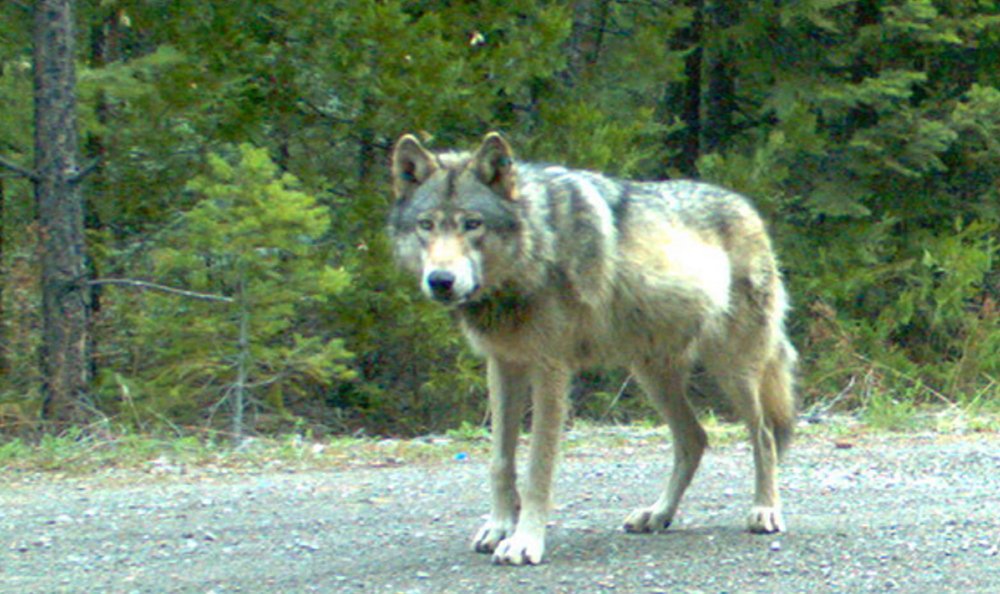FRESNO, Calif. — Gray wolves roaming into California from Oregon will have added protections now that a state board has listed the species as endangered despite other parts of the country relaxing rules on hunting the iconic predator.
The California Fish and Game Commission’s vote last week came as biologists announced that an Oregon wolf famous for hopscotching between the two states has fathered pups within about 50 miles of the border, making it a matter of time before more wolves make California home.
That wolf – known as OR-7 and carrying a GPS tracking collar – forced the debate in California that has pitted cattle ranchers against those who wish to see the packs flourish after a long hiatus. Ranchers view the predator as a threat to valuable herds.
“This is a red-letter day in the history of wolves for this state,” said Amaroq Weiss of the Center for Biological Diversity, which pushed for listing.
The discovery of the pups marked the farthest west and south a wolf pack has established itself since the animals were reintroduced in the Northern Rockies in the 1990s, U.S. Fish and Wildlife Service biologist John Stephenson said.
Nationwide, bounty hunting and poisoning drove wolves to widespread extermination in the early 1900s. The animals have rebounded in recent decades after being reintroduced into the Northern Rockies, leading officials to lift federal protections in the Northern Rockies and western Great Lakes.
But with the resurgence have come more livestock killings and declines in some big-game herds that wolves prey on.
Idaho and Montana have responded by adopting aggressive hunting programs to bring down the predators’ numbers in an effort to reduce attacks on livestock and big game.
But in Oregon, ranchers must adopt nonlethal measures to protect their herds before the state will kill wolves that attack livestock.
Any wolves that inhabit western Oregon or California are still covered by the U.S. Endangered Species Act, but the U.S. Fish and Wildlife Service is expected to decide in December on a proposal to lift that protection.
The game commission in California voted 3-1 to list wolves as endangered. State game officials recommended the commission adopt a less restrictive wolf management plan being developed by stakeholders.
Weiss said the listing requires state officials to do more. “They actually have a duty to enhance and restore, not just to conserve and manage them,” she said.
Kirk Wilbur of the California Cattlemen’s Association said wolves not only kill livestock but also stress the cattle that survive, hampering their health and the rancher’s profits.
In 2011, OR-7 set off in search of a mate, covering thousands of miles from his birthplace in northeastern Oregon to Northern California, and back.
OR-7 became famous as his tracking collar chronicled his lonesome wanderings across deserts, highways and mountains. Last winter he began spending time in a limited area, typical of a wolf that has found a mate. Trail camera photos confirmed it last month.
Send questions/comments to the editors.



Success. Please wait for the page to reload. If the page does not reload within 5 seconds, please refresh the page.
Enter your email and password to access comments.
Hi, to comment on stories you must . This profile is in addition to your subscription and website login.
Already have a commenting profile? .
Invalid username/password.
Please check your email to confirm and complete your registration.
Only subscribers are eligible to post comments. Please subscribe or login first for digital access. Here’s why.
Use the form below to reset your password. When you've submitted your account email, we will send an email with a reset code.